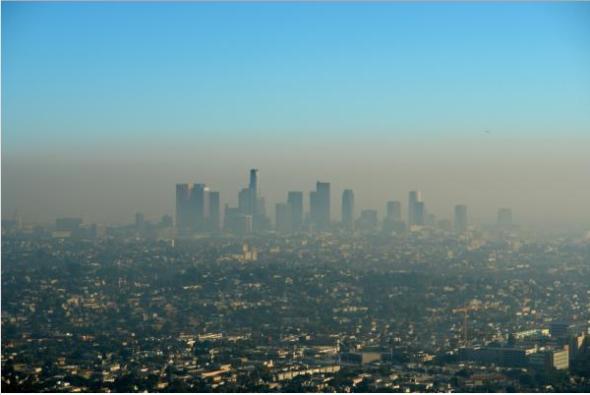
Effect of Urban Heat Islands and Related Energy Consumption on Minority Communities
Urban heat islands describe the concentration of heat within urban areas due to hard, impenetrable surfaces with little vegetation. The heat concentrates on the ground surface and in the air making the temperature in some cities 2 to 22 degrees (depending on the population and time of year) warmer than the surrounding suburbs.
Using satellite images in cities across the nation, a recent study found a significantly lower concentration of trees and permeable surfaces in areas with high minority populations. Combined with results of the 2000 Census, the study finds that Blacks are 52% more likely to live in urban heat islands than whites, while Asians and Latinos are 32% and 21% more likely, respectively.
The Environmental Protection Agency (EPA) notes the following effects of urban heat islands:
- Greater use of energy (resulting in higher utilities and greater changes of system overloads causing brownouts and blackouts)
- Increased air pollution
- Reduced water quality from hot storm water runoff decreasing the health of aquatic life
More information on heat island effects from the EPA can be found here.
Inefficient mitigation of increased energy use can also cause health risks for homes without air conditioning and raise utility bills astronomically for inner-city families. The EPA indicates that planting more trees and vegetation, as well as using more temperature-moderating materials for pavement can help resolve this problem.
Patrice Garnette, Joint Center Graduate Scholar, The George Washington University Law School

